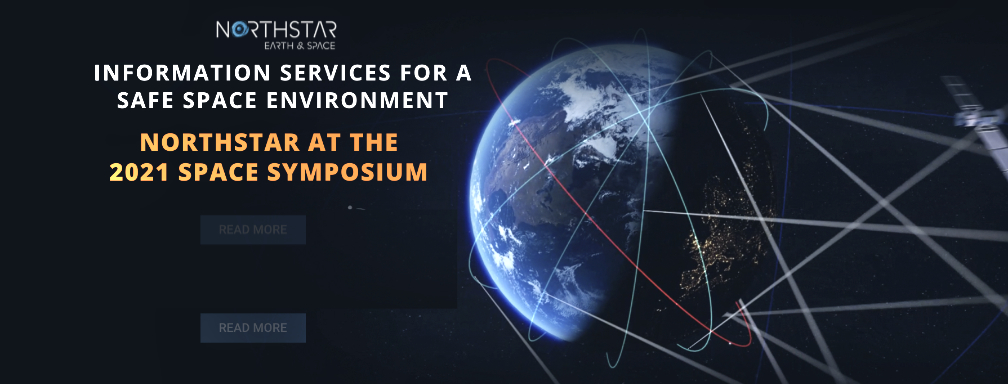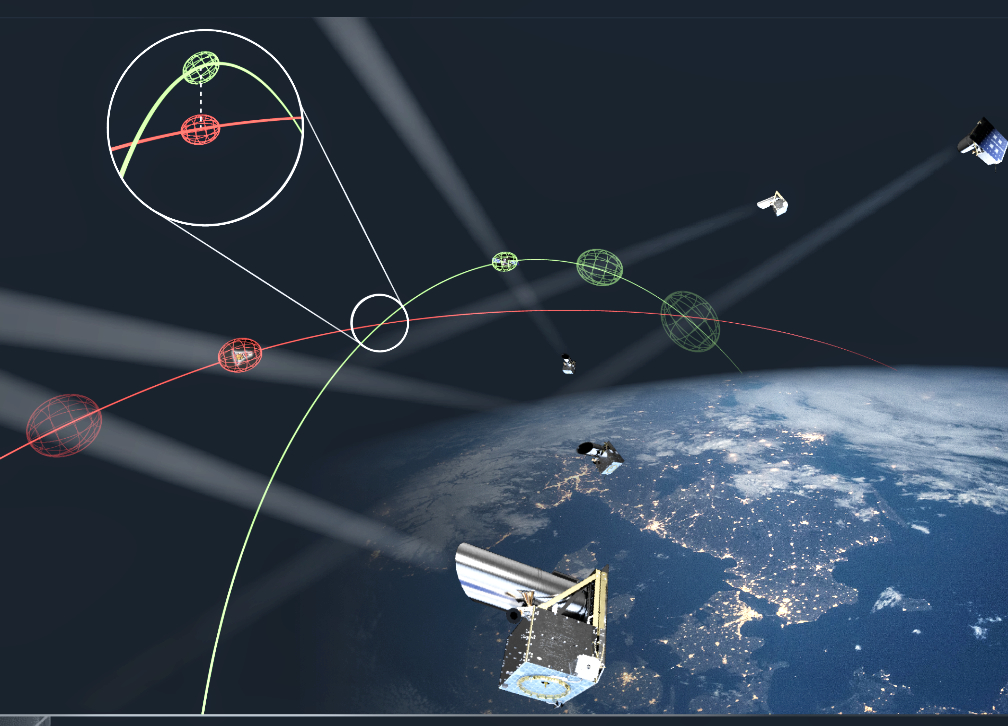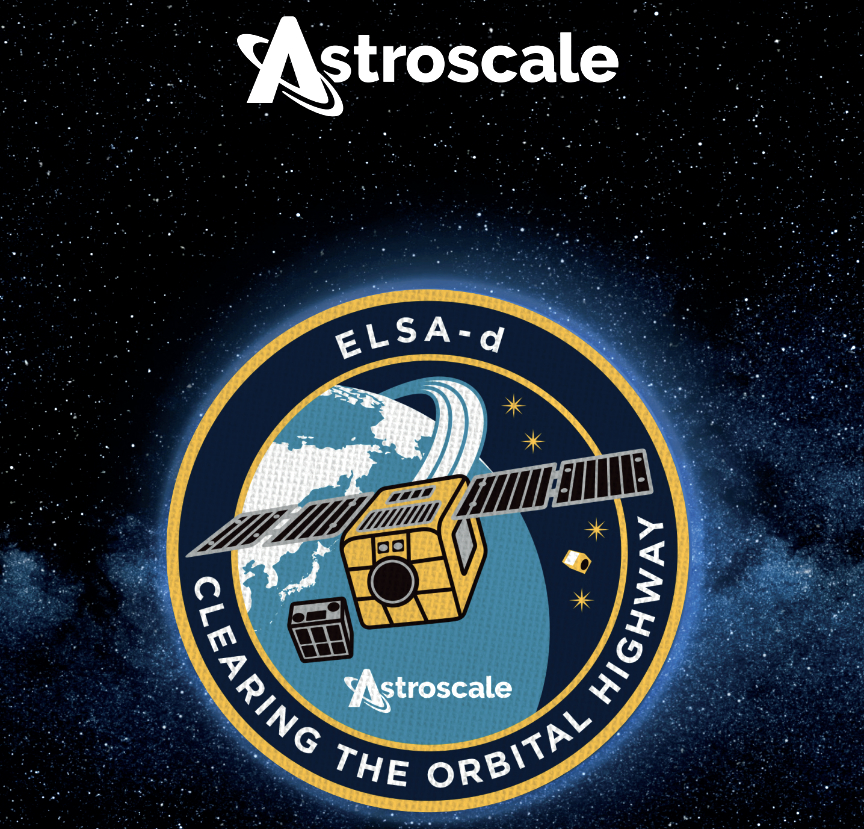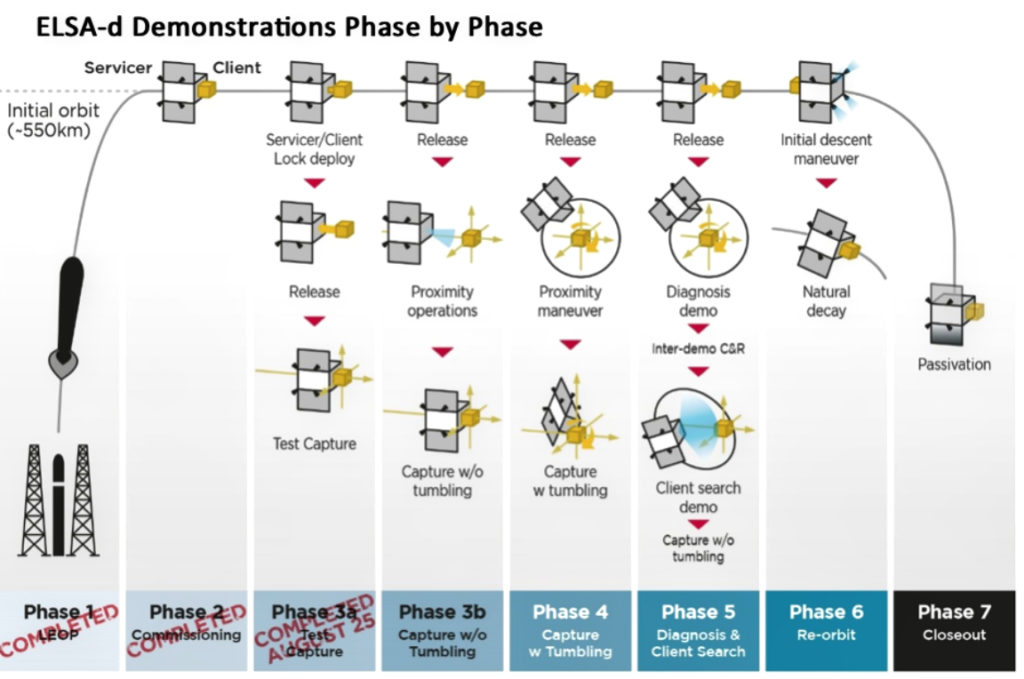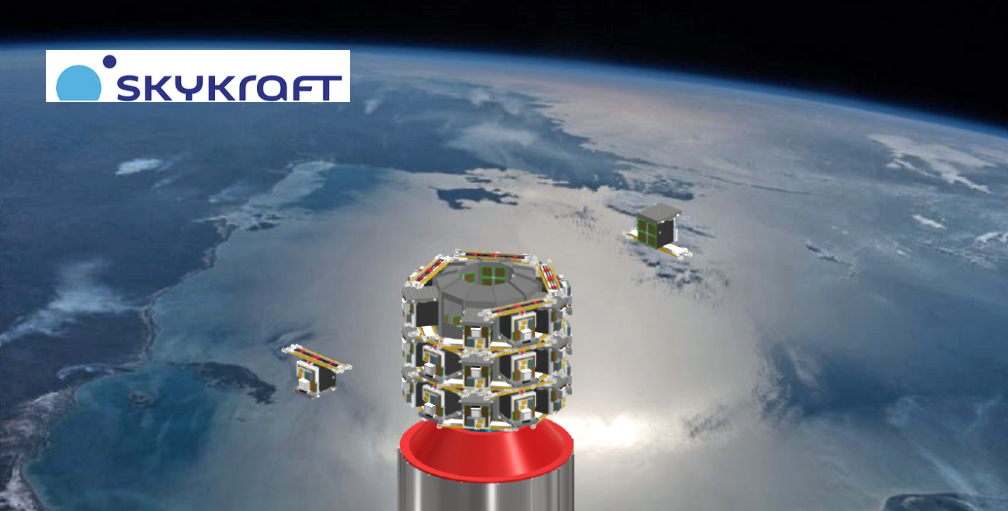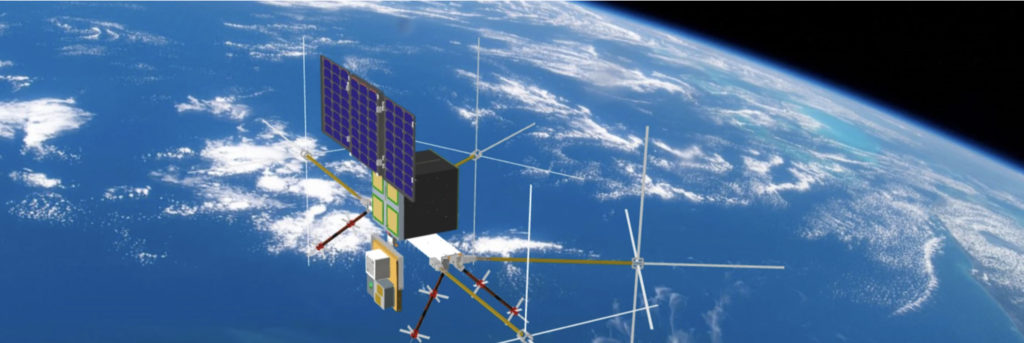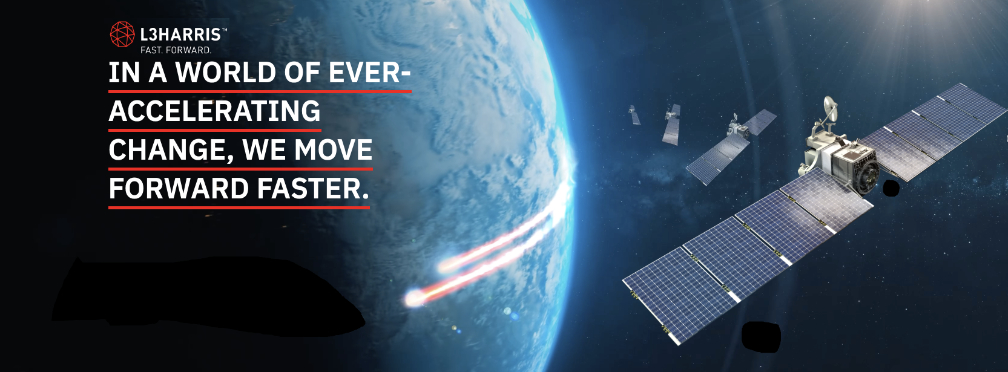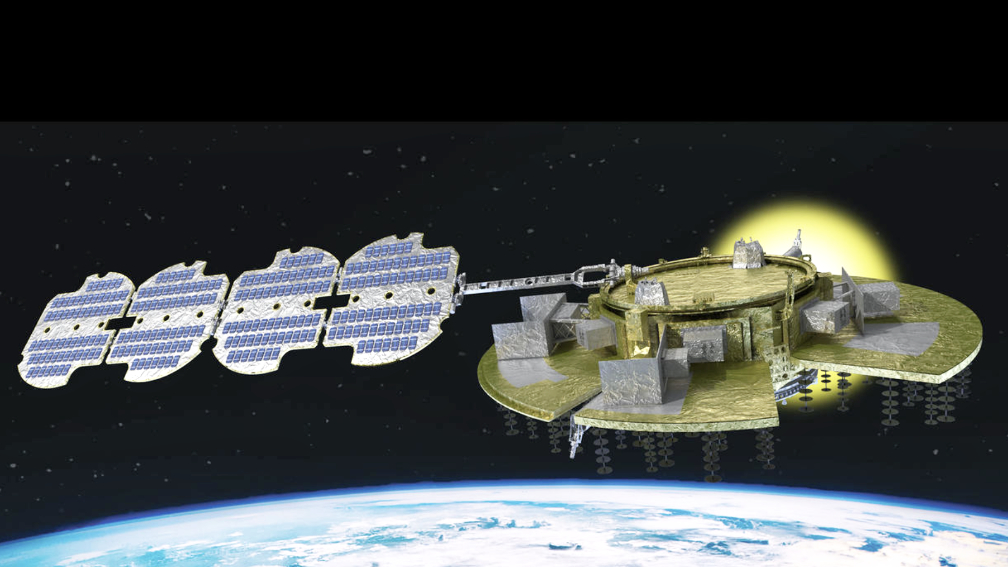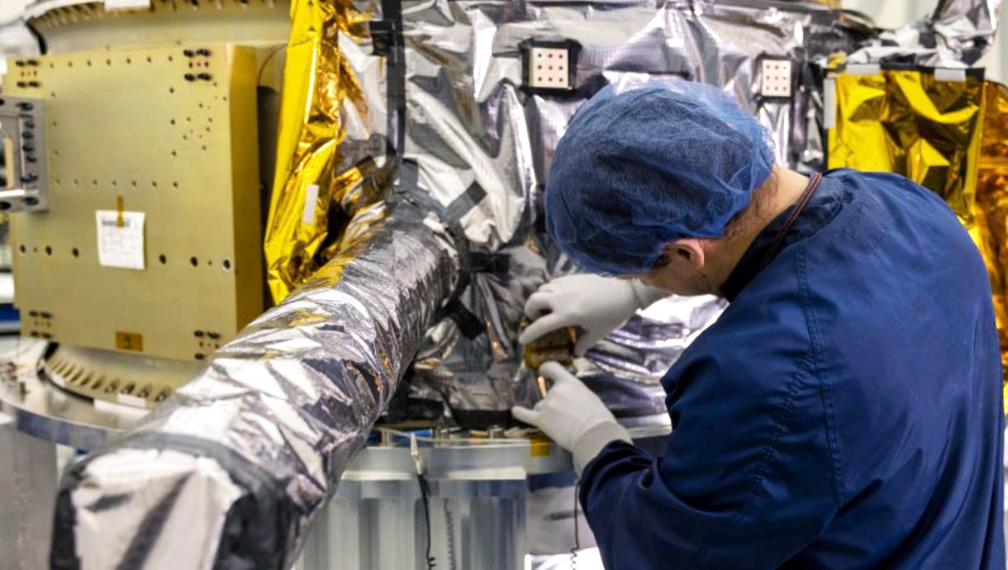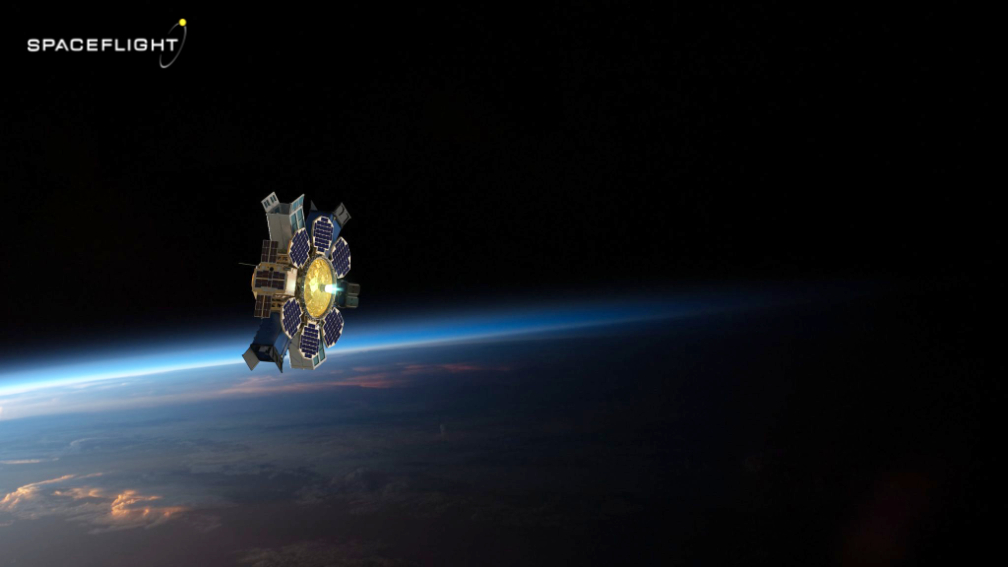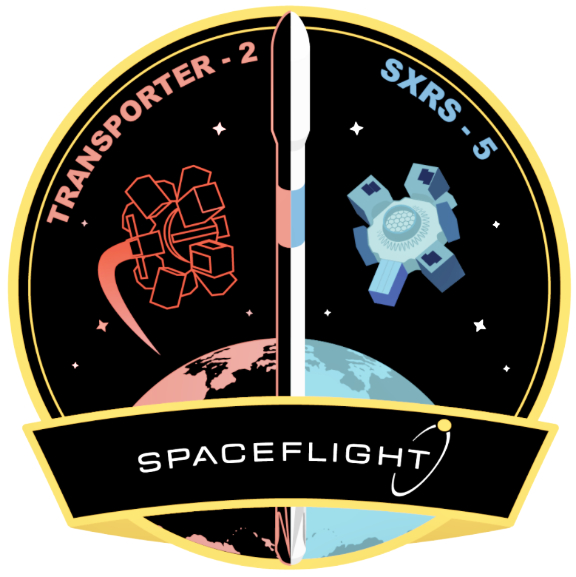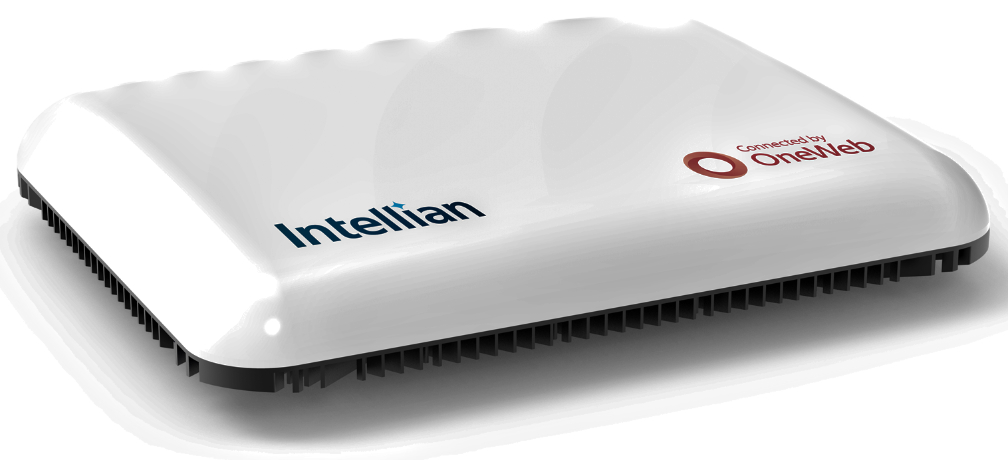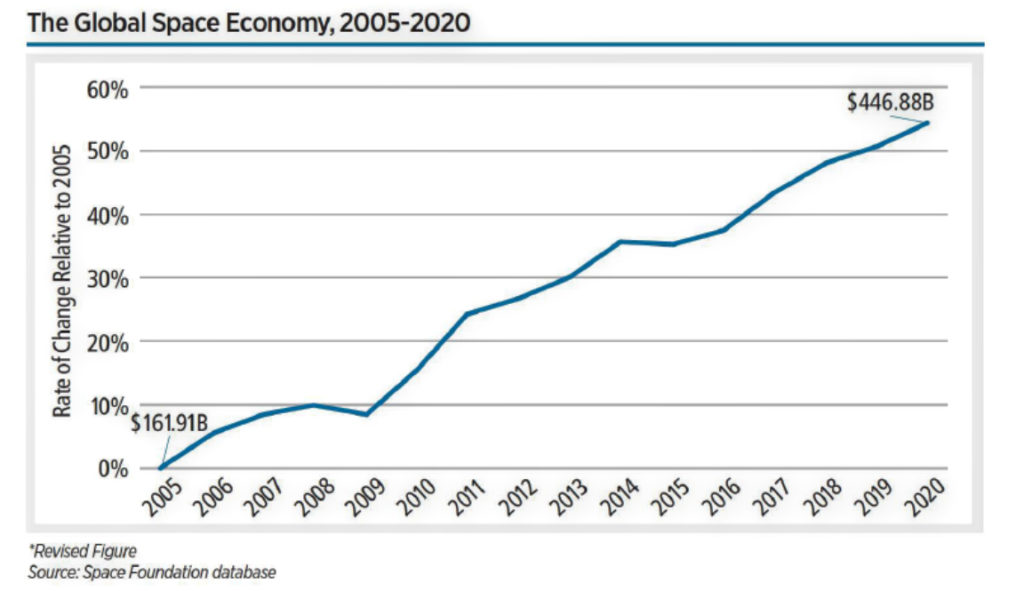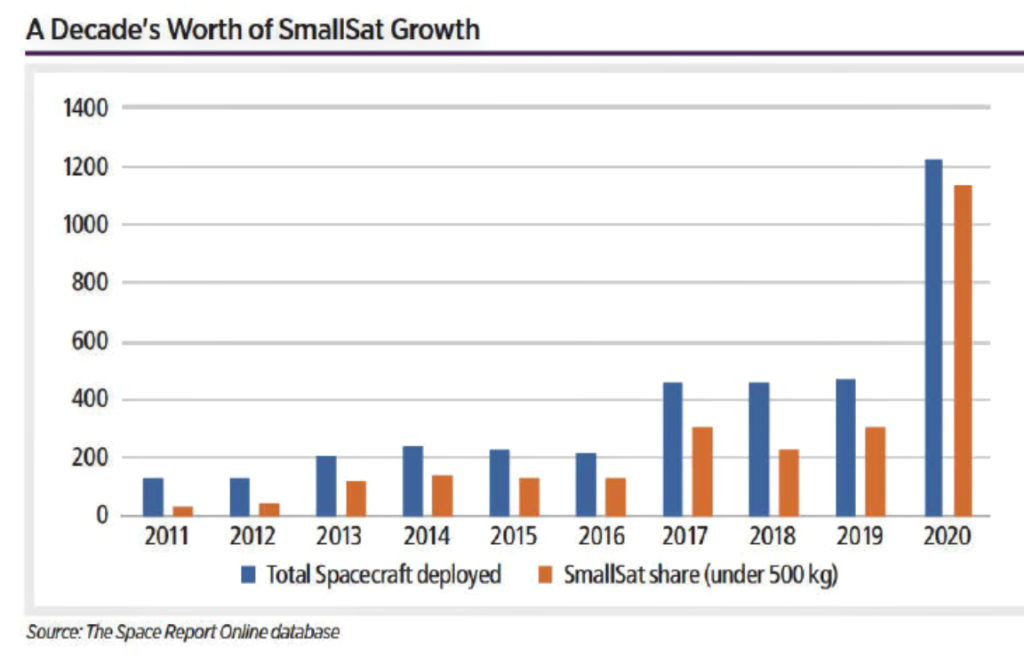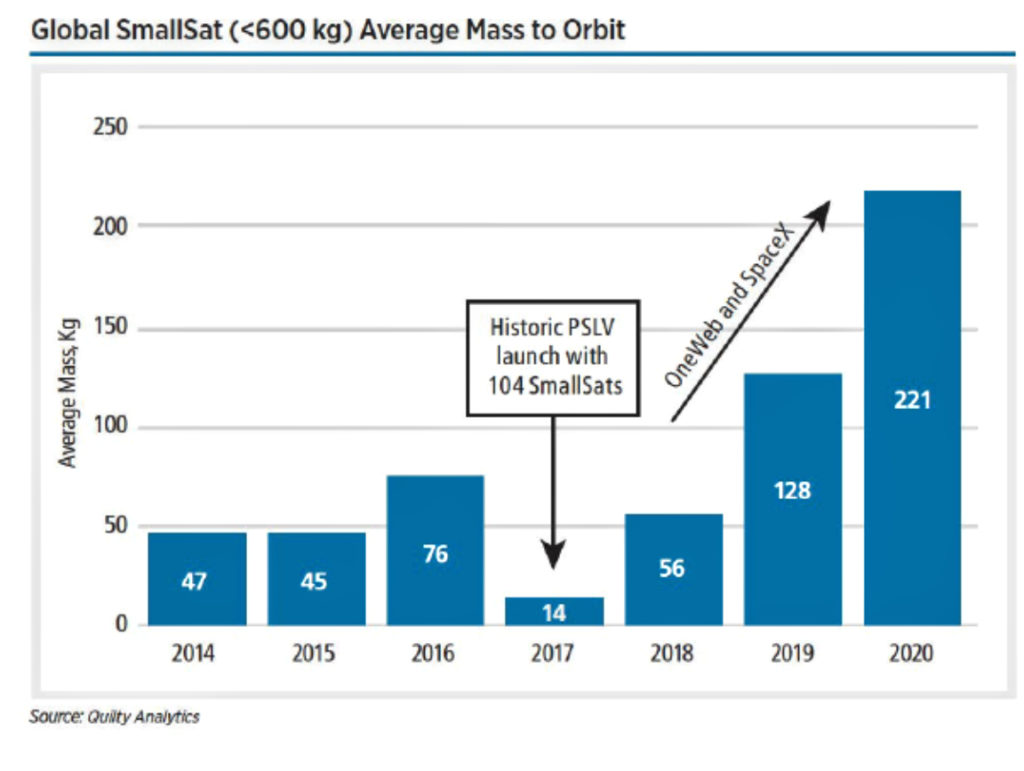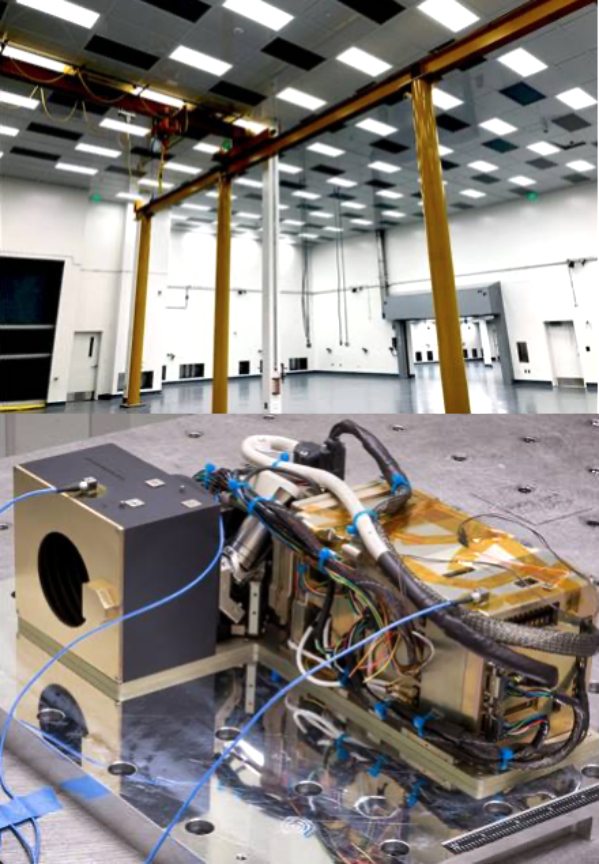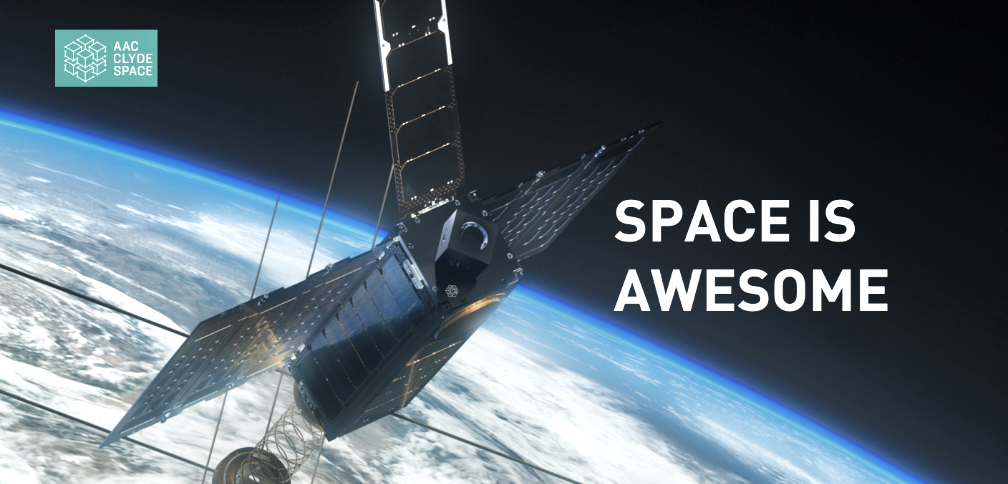
AAC Clyde Space has founded AAC Space Africa to capitalize on the rapidly growing market for satellites and space services in Africa.
AAC Space Africa will design, build, and deliver space missions to the continent from its Cape Town base in South Africa’s Western Cape Province. The new subsidiary will also be the group’s center of competence for advanced radio communication for the entire AAC group, becoming the worldwide supplier of advanced radio systems for AAC’s space missions.
The new company will be managed by Dr. Robert Van Zyl as Managing Director and Francois Visser as Technical Director. They bring more than 40 years of smallsat experience to the company, having pioneered the African cubesat industry through several missions, including the first cubesat launched by the continent. Their expertise spans all facets of New Space technologies, with a special focus on communications.
The team will initially focus on radio communication systems as well as sales and marketing. The team is expected to grow quickly in the coming year to meet demand from the African space economy, which is set to grow to $10 billion by 2024 (NewSpace Africa Industry Report 2019).
AAC selected South Africa as the base for its new subsidiary AAC Space Africa, as the country has an established space industry as well as a strong position in communication systems, with highly skilled engineers and data scientists. AAC Clyde Space has previously been active in the African market through its European companies’ hubs, most recently by supporting Mauritius in its efforts to become a space nation and to track ocean currents with earth observation technologies.
“The ability to provide data from space and monitor key issues across the continent will help Africa develop at a far more rapid pace over the next decade. Adding local presence and expert knowledge to our existing commercial offering will put AAC in an excellent position to address these growing needs. We look forward to taking an active role in the South African space community and the wider market,” said CEO Luis Gomes. “The need for space services in Africa is growing rapidly as Government, companies and communities seek efficient ways to support development and build out crucial infrastructure. We see great potential for small satellites to provide timely, accurate and targeted data for sectors such as weather forecasting, ocean monitoring, agricultural planning, and land management.”

